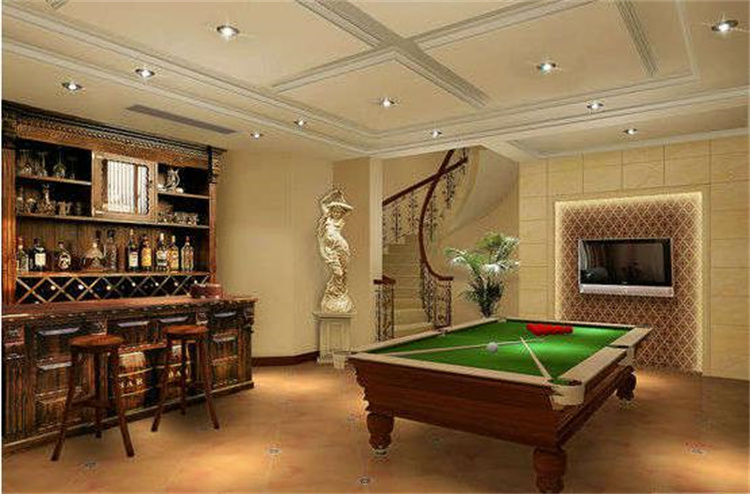[Solution]


It has been raining continuously recently, and the underground audio-visual room, gym, wine cellar, etc. of the villa owners have not been soaked in water, right? Is there any water seepage or moisture return without being soaked? At this moment, I believe that many owners are worried... So, how to prevent moisture in the basement of the villa? Industry veterans give you all-round answers.
1. Water that needs to be avoided in the basement
Liquid water: This is the root cause of basement dampness. It exists in the outdoor soil, is pervasive, and penetrates into the room along the micro-cracks and capillary pores of the basement structure.
Gaseous water: exists in the basement space in the form of water vapor, and condenses into water droplets on the surface of low temperature objects.
Second, how to prevent the infiltration of liquid water?
(1) Basement waterproofing construction process 1: Internal defense treatment
After entering the site for decoration and civil engineering renovation, it is very necessary to waterproof all the walls and floors of the basement as a whole to ensure that liquid water does not penetrate into the room.
(2) Basement waterproofing construction process 2: external defense treatment
After the construction of the enclosure wall is completed, the outer wall of the enclosure structure is waterproofed with waterproof materials. This process should be done by the developer while the house is being built. After closing the house, the owner must always pay attention to check whether there are water seepage points in heavy rain or plum rain season. Once any water seepage points are found, they must contact the property or the developer to excavate the exterior wall and re-waterproof treatment.
(3) Basement waterproofing construction plan 3: isolation treatment
In order to prevent the damage of the waterproof layer by the keel and the wiring groove during the decoration, it is recommended to isolate the new single-sided brick wall on the wall that needs to be slotted for wiring or to install the keel, and then pour a certain thickness of concrete on the ground.
Third, how to prevent gaseous water
(1) Selection of decoration materials
The choice of basement decoration materials of villas must consider moisture-proof factors, and choose waterproof gypsum board, waterproof coating, diatom mud and other waterproof materials as much as possible. The best choice for the ceiling is the light steel keel, which is a waterproof and anti-corrosion material. In some areas, wood keels are required (such as private theaters), and anti-corrosion wood keels must be used.
(2) Design a dehumidification system with automatic drainage
When communicating with the comfort home to design the air conditioning, floor heating, and fresh air system, we must emphasize the selection of the dehumidification and fresh air purification system with the functions of efficient dehumidification, fresh air ventilation, purification and dust removal, and automatic drainage.
Four, small methods of moisture-proof basement
(1) Install a fresh air dehumidifier, which can dehumidify and ventilate
Try not to grow plants in the basement, but you can install a Neilan fresh air dehumidifier inside. Nilan fresh air dehumidifier can not only effectively control indoor humidity, but also introduce outdoor aerobic fresh air to ensure indoor oxygen content and solve indoor stuffiness. Nilan fresh air dehumidifier can take away moisture in a ventilated environment with windows open, but be careful not to ventilate on cloudy days, rainy days, or after heavy rain in summer, which will bring a lot of moisture into the room.
(2) Prepare desiccant
Hang some highly absorbent desiccants, the most common being activated carbon charcoal bags. You can also sprinkle some desiccant on some relatively wet corners and the ground. You can crush mothballs and sprinkle them with activated carbon powder to remove moisture, but it must be Change the desiccant every once in a while.